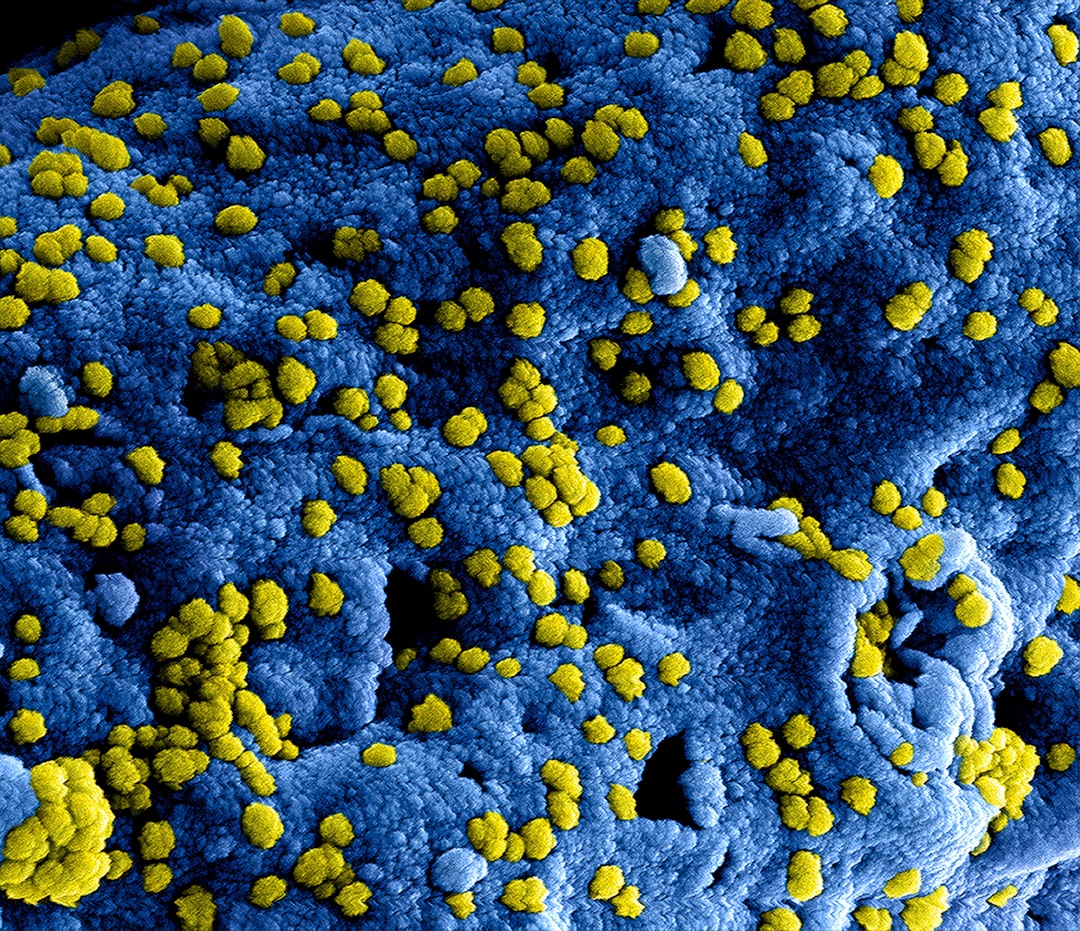What is it about?
Nitric oxide (NO) is one of the smallest molecules produced in our body. It plays fundamental roles in the control of our vascular tone and in our immune response and neuronal signaling. Several formulations capable of releasing NO topically have been developed for exerting local actions, avoiding thus undesirable systemic effects. The NO-releasing materials range from polymeric films to soft hydrogels and the biological actions achieved include the increase of dermal vasodilation, the acceleration of wound healing, the killing of infectious microorganisms and analgesic action against inflammatory pain. Read this paper and discover the state of the art of experimental topical formulations for NO delivery, and their potential therapeutic applications.
Featured Image
Why is it important?
Nitric oxide-releasing biomaterials represent a promising strategy to fight chronic wounds. Topical NO delivery can also be used for the treatment of vasospastic diseases such as Raynaud’s phenomenon and to kill multiresistant bacteria in infected lesions. This Mini-review will show you several examples of an important class of NO-releasing molecules, how they can be incorporated in polymeric vehicles and the biological actions of these formulations.
Perspectives
This publication summarizes our main achievements in the field of nitric oxide-releasing biomaterials, along with several examples on this field from other research groups. Our works are based on the use of primary S-nitrosothiols (RSNOs) as platforms. I strongly believe that RSNOs represent a promising class of NO-donors for biomedical applications, due to their intrinsic biocompatibility. In my perspective, intelligent polymeric matrices will make the use of RSNOs viable for biomedical purposes. This is the focus of ongoing works in my group.
Professor Marcelo G. de Oliveira
University of Campinas
Read the Original
This page is a summary of: S-Nitrosothiols as Platforms for Topical Nitric Oxide Delivery, Basic & Clinical Pharmacology & Toxicology, April 2016, Wiley,
DOI: 10.1111/bcpt.12588.
You can read the full text:
Contributors
The following have contributed to this page










